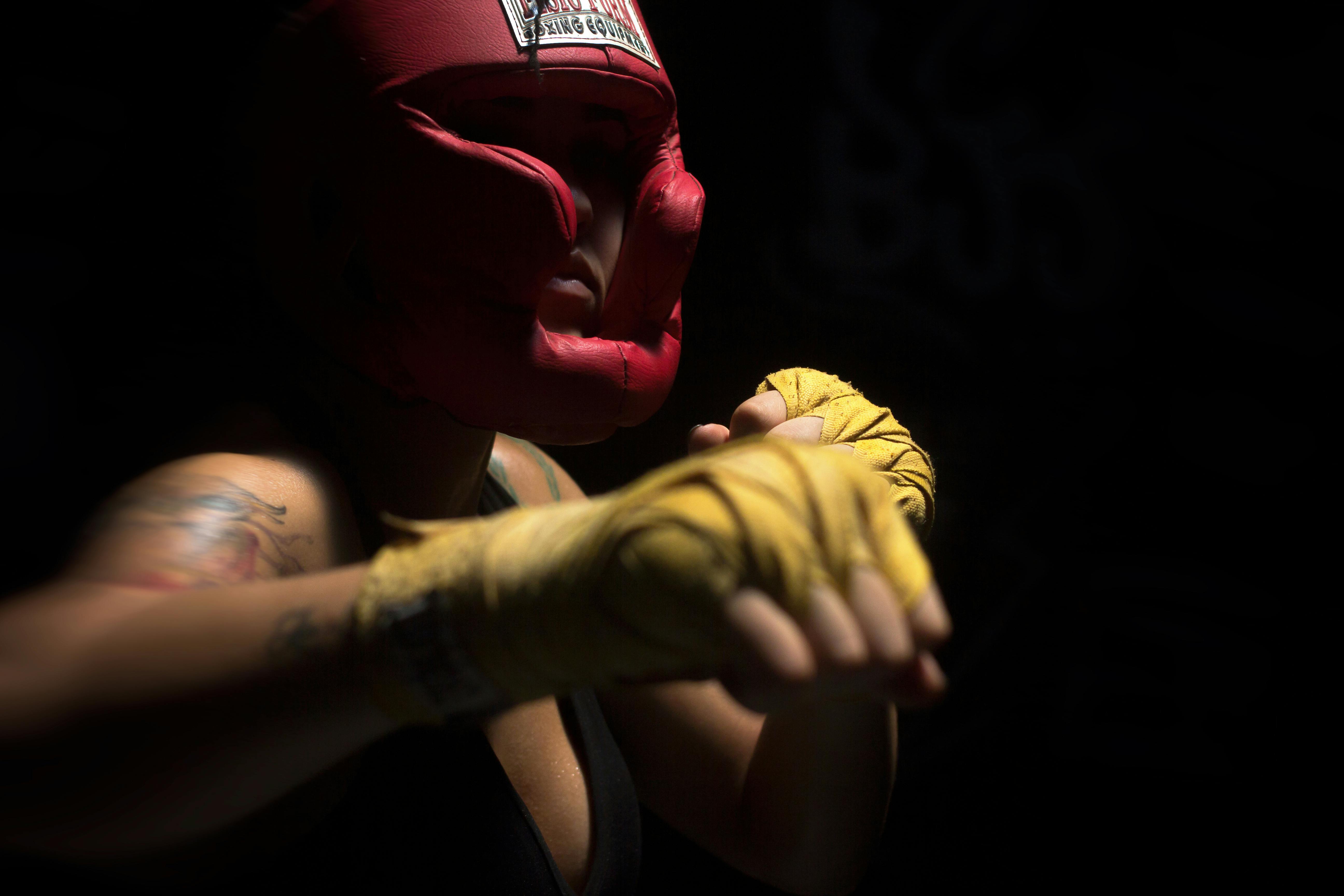Breaking Down the Biomechanics of a Knockout Punch
The world of combat sports has captivated audiences for centuries, with the prospect of a dramatic knockout punch often being the highlight of a match. But what does it actually take to deliver a punch powerful enough to end a match? This article dives deep into the science and biomechanics behind the knockout punch in boxing and mixed martial arts, providing a unique perspective on this much-discussed topic.

The Anatomy of a Knockout Punch
Before delving into the mechanics of a knockout punch, it’s crucial to understand the human body’s response to such a strike. A knockout typically occurs when a blow to the head causes the brain to move rapidly within the skull, leading to a temporary shutdown of the nervous system. The neck muscles also play an essential role, as their inability to stabilize the head during the impact contributes to the knockout effect.
The Biomechanics Behind The Punch
The power behind a punch doesn’t come from the arm alone. Instead, it’s a combination of several factors, including the rotation of the hips and torso, the extension of the arm, and the transfer of energy from the ground through the body to the fist. The coordination of these movements is what makes a punch potent, and mastering this motion is an art in itself.
Training for the Knockout
Boxers and mixed martial artists spend countless hours honing their punching technique. They focus not only on strength training but also on improving their balance, coordination, and timing. Each aspect of training contributes to the ability to land a knockout punch, highlighting the importance of a comprehensive and well-rounded training regimen.
The Role of Strategy and Precision
While raw power is important, a knockout punch also requires strategic thinking and precise execution. Fighters must be able to identify the right moment to strike, aiming for vulnerable areas while avoiding their opponent’s defenses. Hence, the ability to read an opponent’s movements and react swiftly is just as crucial as physical strength.
The Risks and Controversies
While knockout punches are celebrated for their drama and decisiveness, they are not without controversy. The potential for serious brain injury has prompted ongoing debates about safety measures in combat sports. It’s a delicate balance between maintaining the excitement of the sport and ensuring the well-being of its participants.
In conclusion, the knockout punch is more than just a display of brute strength. It’s a complex interplay of biomechanics, training, strategy, and risk. So, the next time you witness a knockout in a match, you’ll appreciate the science and skill that made it possible.




